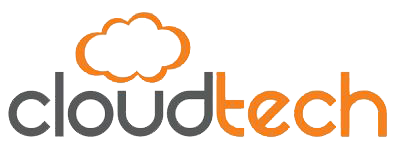In this ongoing pandemic, healthcare professionals have clearly been heroes, but the fast-changing circumstances have revealed how easily hospitals can become overwhelmed if they are unprepared and understaffed.
Hospitals and other health organizations should use the preceding year as a learning experience and use it to enhance their networking infrastructure in anticipation of future demands such as common healthcare requirements, virus outbreaks, or other crises. Here are a few examples of how the healthcare industry may employ cutting-edge technology to improve operations in the aftermath of a pandemic.
Seamless Telehealth
COVID-19 is extremely contagious, thus employees who are exposed to sick patients risk being infected. Telehealth enables doctors and nurses to monitor patients’ health from a distance while also giving patients more choice over their treatment plans. Patients can use cloud-managed networking to connect with healthcare practitioners via video conferencing, allowing them to get treatment from anywhere. Clinicians may get important data from patients via mobile and IoT devices, allowing them to make informed medical decisions. Heart rate, temperature, and vital signs may be monitored via IoT and wearable devices, as well as remote patient monitoring systems, to give health practitioners the information they need from away.
Reliable Patient Monitoring
When hospital staffs are stretched too thin, the same technology that enables telehealth services may be used to deliver automated services to improve patient care. When hospitals are overcrowded, doctors and nurses are forced to make difficult prioritization decisions. Medical workers may get real-time reports on patient health via automated monitoring services on a sophisticated cloud-based network, decreasing the need for physical checkups. With vitals, monitoring technologies that can immediately notify personnel on mobile devices so that they may check on patients from anywhere can assist.
Modern Communications
While doctors and nurses are essential in patient care, other critical hospital workers may be able to help. Treatment efficiency is dependent on administrative efficiency, and poor support may result in fewer patients receiving the care they require.
Integrating a cloud-managed communications infrastructure gives hospital personnel with dependable internal and external communication channels. Push warnings and mass communications can provide real-time information on how to be safe in the event of a hospital pandemic to large organizations. Administrators can control call traffic from the outside using cloud-based contact center solutions, which can enable patients access information without relying on human support.
The brave men and women who offer everyday healthcare to people in need will be remembered for the rest of their lives. The COVID-19 epidemic demonstrated how overburdened healthcare services may become in times of crisis. The best disaster preventive medication is having the correct network foundation and management abilities.
